So, you’re ready to take the plunge into the world of sew-in hairstyles, but what to do before getting a sew-in weave? Stepping into this domain can be as exciting as it is overwhelming, but with the right information, your first sew-in experience can be a smashing success. Whether you’re looking for more volume, length, or a protective style, a sew-in can cater to your needs.
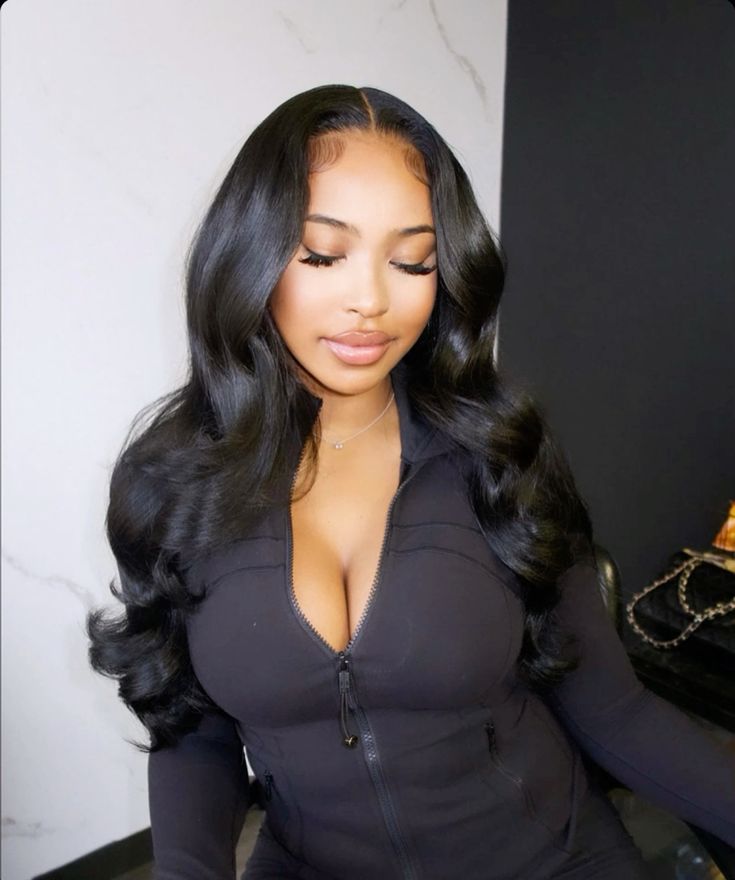
What to do before getting a sew in weave
Why Opt for a Sew-In Hairstyle?
Sew-ins can serve as a protective style, helping to mitigate damage to your natural hair from heat or harsh styling products. Another added benefit is the longevity of this hairstyle. Unlike wigs, which you must remove daily, a well-maintained sew-in can last for several weeks, offering convenience and time savings. Considering these advantages, it’s easy to see why sew-ins are increasingly popular.
What type of hair for a sew in
The hair you choose for your sew-in will significantly impact the look and durability of your style. There are several options to consider, each with its own set of pros and cons.
Synthetic Hair: This is the most affordable option, often resembling doll hair in texture. While synthetic hair mimics the look of human hair, it has limited styling capabilities and tends to degrade quickly. If you plan to use heat on your hair bundles, synthetic hair may not be the best option.
Beauty Supply Store Hair: Typically a blend of human and synthetic hair, beauty supply store hair provides more longevity than purely synthetic options. However, it may still not withstand multiple styling sessions and tends to tangle more than other options.
Human Hair: Considered more versatile, human hair allows for various styling methods and can be treated much like your natural hair. This type does come with some maintenance needs, such as regular detangling, but offers a more natural appearance.
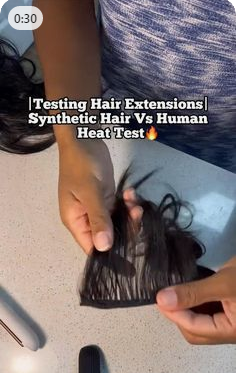
Human Virgin Hair: The creme de la creme of hair extensions, virgin hair is unprocessed and free from chemicals. It’s the most durable and can be styled, dyed, and treated like natural hair. However, it’s also the most expensive, with prices ranging from $300 to $600 based on length and type.
Helpful link: Synthetic vs human hair
How many bundles do you need for a sew in
Understanding how many hair bundles to purchase can be tricky, especially for first-timers. While the number of bundles you’ll need can vary based on your head size and the desired fullness, a general rule of thumb is:
For an average-sized head, 3 bundles should suffice to provide full coverage and a natural look. If you’re aiming for extra volume or a longer length, consider purchasing an additional bundle. It’s always better to have a bit more than you need than to run short during the installation process.
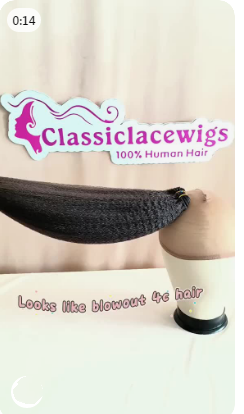
Helpful link:Human hair bundles grade
What to do before getting a sew in weave
Pre-Installation Prep: Washing Bundles and Natural Hair
Preparation is key to a successful sew-in. Before you even think about the installation, there are vital steps to ensure the longevity and hygiene of both your natural hair and the hair bundles.
Washing Hair Bundles: Your purchased bundles often come coated in chemicals from the processing stage, which can cause scalp irritations or allergic reactions. Washing the hair thoroughly not only removes these chemicals but also promotes healthier hair and scalp during the sew-in. Use a gentle, sulfate-free shampoo followed by a moisturizing conditioner, and allow the bundles to air dry completely.
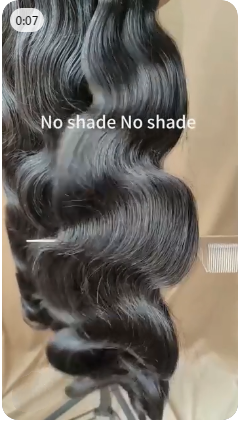
Natural Hair Prep: Just like the bundles need to be clean and ready, so does your natural hair. Start with a deep cleanse using a clarifying shampoo to get rid of any product buildup. Follow up with a moisturizing conditioner and a deep-conditioning treatment to ensure your hair is well-nourished. Blow-drying your hair straight can make the braiding process easier and less painful. Some hairstylists charge extra for these pre-installation services, so being proactive can save you both time and money.
Helpful link: how to keep your hair healthy and moisturized
What to do before getting a sew in weave
Finding a Reliable Hairstylist
Your choice of hairstylist is crucial in determining the success of your sew-in. A skilled hairstylist can make all the difference in the world, transforming a good idea into an excellent reality. But how do you find a reliable one?
Read Reviews: Websites like Yelp and Google Reviews can be gold mines of information. Pay close attention to both positive and negative feedback to get a balanced perspective.
Ask for Recommendations: Personal recommendations from friends, family, or colleagues can lead you to reliable hairstylists. Word-of-mouth referrals come with the added benefit of firsthand experiences, providing you with valuable insights.
Always schedule a consultation before committing to an appointment. This allows you to discuss your vision, get a feel of the hairstylist’s expertise, and gauge their professionalism. Look for someone who listens attentively to your needs, as good communication is key to a satisfactory outcome.
What to know before getting a sew in
Communication is Key: During and After the Install
It’s crucial to maintain an open line of communication with your hairstylist during and after the installation process. Sometimes, the braiding process can be uncomfortable or even painful if the braids are too tight, potentially leading to traction alopecia or hair loss over time. Don’t be afraid to speak up if you’re experiencing any discomfort, as your stylist can adjust the tension to ensure both safety and comfort.
After the install, maintain regular communication to get advice on how best to care for your new hairstyle. Many stylists offer post-installation check-ups to ensure everything is in tip-top shape. Take full advantage of these opportunities to ask questions and get guidance on maintaining your sew-in.
Helpful link:do sew in extensions cause hair loss
How do you maintain a sew in
Maintaining Your Sew-In: Tips for Longevity
Once your sew-in is installed, proper maintenance is crucial to prolong its life and keep it looking fresh. Here are some tips:
Night Care: Protect your sew-in while you sleep by wrapping it with a silk or satin scarf. These materials reduce friction, preventing hair breakage and preserving the style’s integrity.
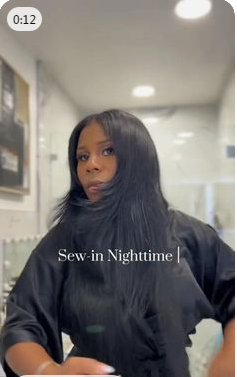
Washing and Drying: Even with a sew-in, your natural hair and scalp still require regular cleaning to maintain health. Wash your sew-in every one to two weeks using a sulfate-free, moisturizing shampoo. Make sure to thoroughly rinse out all the product to avoid buildup.
Avoid putting conditioner directly on the tracks, as it can loosen the threading. Instead, focus on the mid-lengths to the ends of the hair. When drying, always ensure that your scalp is completely dry to avoid mold or mildew build-up.
Styling Tips: Use heat sparingly to maintain the longevity of the hair. If you must use heat, always apply a heat protectant spray. Opt for low or medium heat settings to avoid unnecessary damage. Avoid excessive manipulation like over-brushing, which can lead to shedding or tangling.
The longevity of your sew-in largely depends on how well you maintain it. Generally, it’s recommended to keep sew-ins for no longer than two to three months to give your natural hair a chance to breathe and recover. Post-removal, it’s advised to allow a two-week break before getting another sew-in. This interval helps in maintaining the overall health of your natural hair and scalp.
During this interim period, focus on deep conditioning and nourishing your natural hair. Use hydrating masks and treatments to restore moisture and strength. This aftercare routine fortifies your hair, making it ready for the next sew-in adventure.
conclusion
With these comprehensive tips, you’re now armed with the knowledge to make your first sew-in hairstyle experience a roaring success. From selecting the right hair type and finding a reliable stylist to mastering maintenance and aftercare, each step is crucial in ensuring a flawless look and healthy hair. So go ahead, get that sew-in, and flaunt your fabulous new style with confidence!